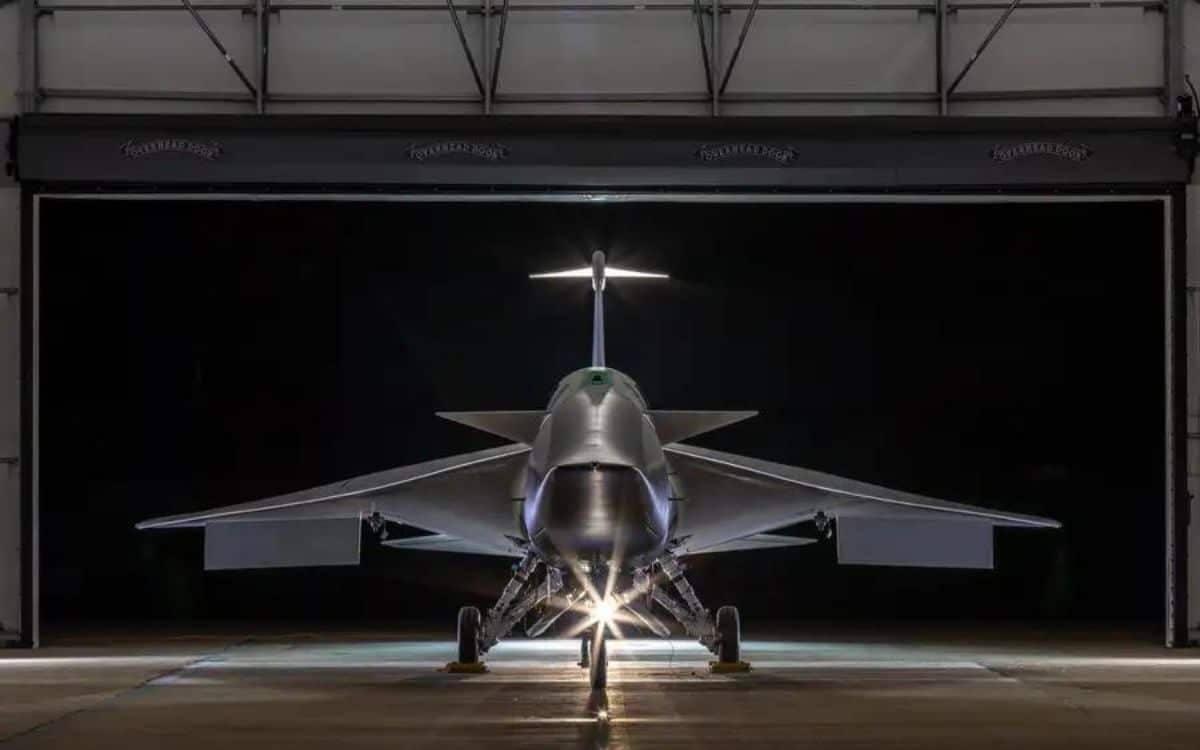NASA unveils revolutionary jet set for commercial supersonic flights
- NASA have revealed a ‘quiet’ X-59 supersonic jet a few days time
- The typically loud supersonic boom is reduced
- Rather than the typical jarring sound it’s reduced to a “neighbour’s car door down the street being closed”
Published on Jan 15, 2024 at 8:19 PM (UTC+4)
by Amelia Jean Hershman-Jones
Last updated on Jan 16, 2024 at 3:29 PM (UTC+4)
Edited by
Alessandro Renesis
NASA has finally unveiled its X-59 plane to gather data that will determine if supersonic commercial aviation over land and US cities should be legalised.
The question is whether the experimental X-59 aircraft will be able to fly at the speed of sound quietly.
This would justify a change in the regulations and allow supersonic commercial aviation.
READ MORE! Stargazer is a new hypersonic plane that will fly from New York to Tokyo in one hour
The X-59 Quiet SuperSonic Technology has been under development since 2019.
Nicknamed Quesst, it’s designed specifically for the new jet.
The aircraft was built at Lockheed Martin’s ‘Skunk Works’ facility in Palmdale, California.
While it will fly at supersonic speeds of 1,236 km/h (768 mph) at sea level – the sonic boom you’d expect has been reduced to a ‘thump’ at the volume of a car door slamming.
Aircraft create a wake of shock waves once they pass the speed of sound resulting in a ‘sonic boom’.
At roughly 110 decibels, it’s so loud it can startle humans and animals, shatter windows and set off car alarms.
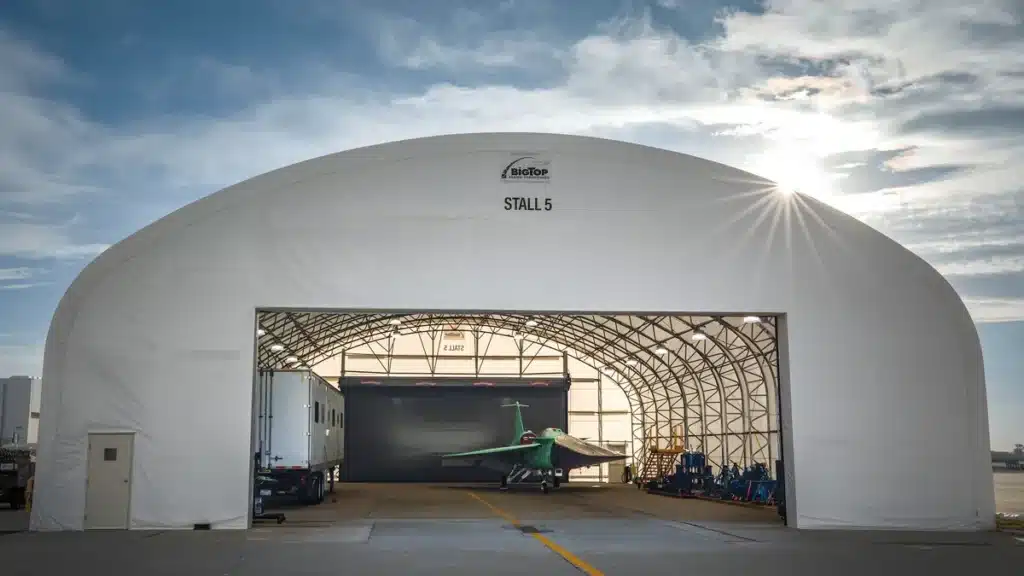
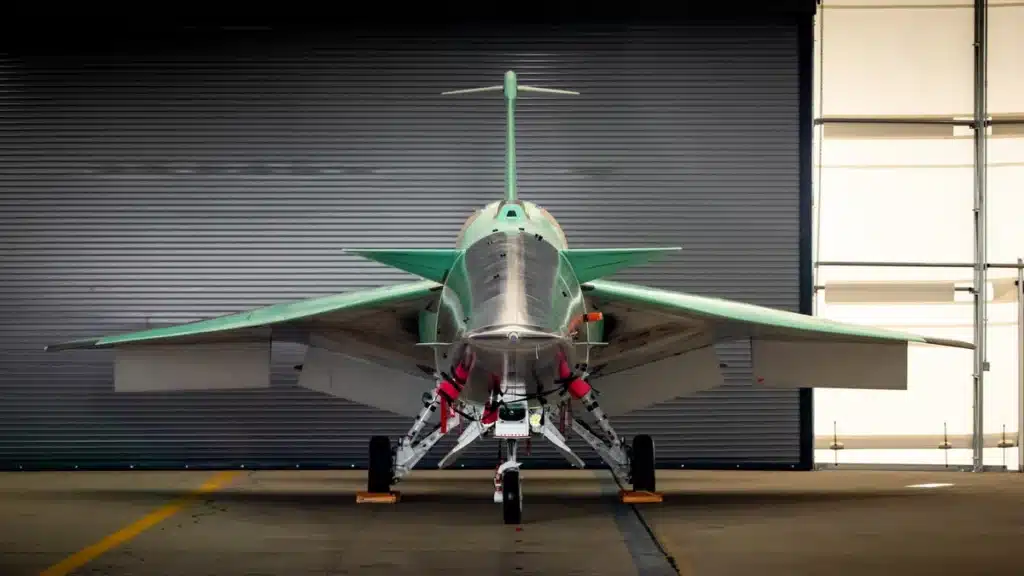
According to National Geographic, supersonic flights over land have been banned by the US Federal Aviation Administration since 1973, due to the noise disruptions that sonic booms can cause.
That’s why the famous Concorde was only able to go supersonic over water on transoceanic flights because of the sonic boom it would make.
The X-59, which rolled out of its hangar during a live event on 12 January, could be a reason for change.
Its streamline design will aid it reaching a speed of Mach 1.4 – or 1489 km/h (925 mph).
The aircraft will fly at an altitude of 55,000 feet (16,764m), powered by a single General Electric Aviation motor.
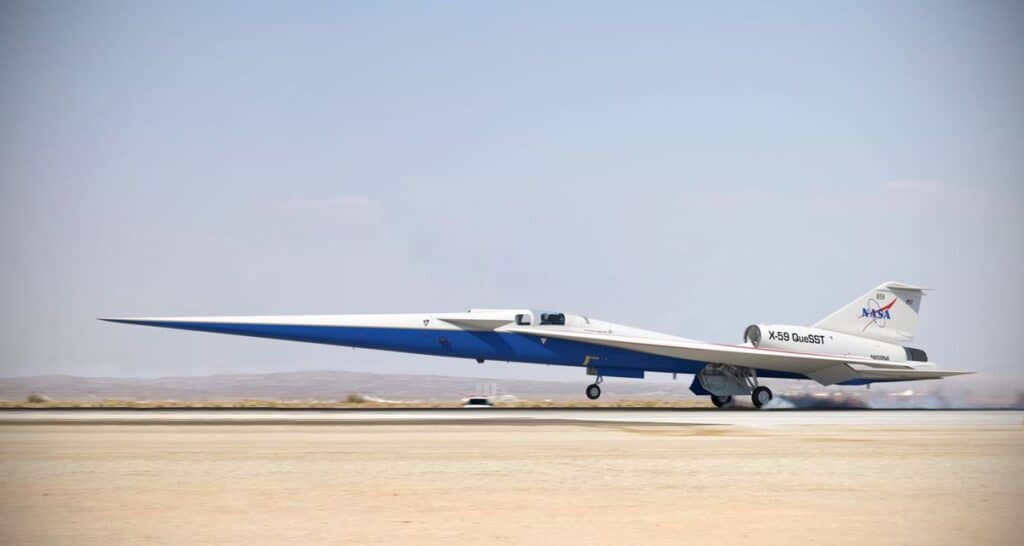
The striking geometry of the supersonic jet mean it’s 99.7-foot (30m) long and 29.5-foot(9m) wide.
However it’s the sharp, elongated beak-like nose section of the X-59 that makes the difference.
Measuring 38 feet (11.5m) in length, it allows shockwaves to form but they never merge together, reducing sound.
Unusually the long nose also means that the windscreen is rendered obsolete.
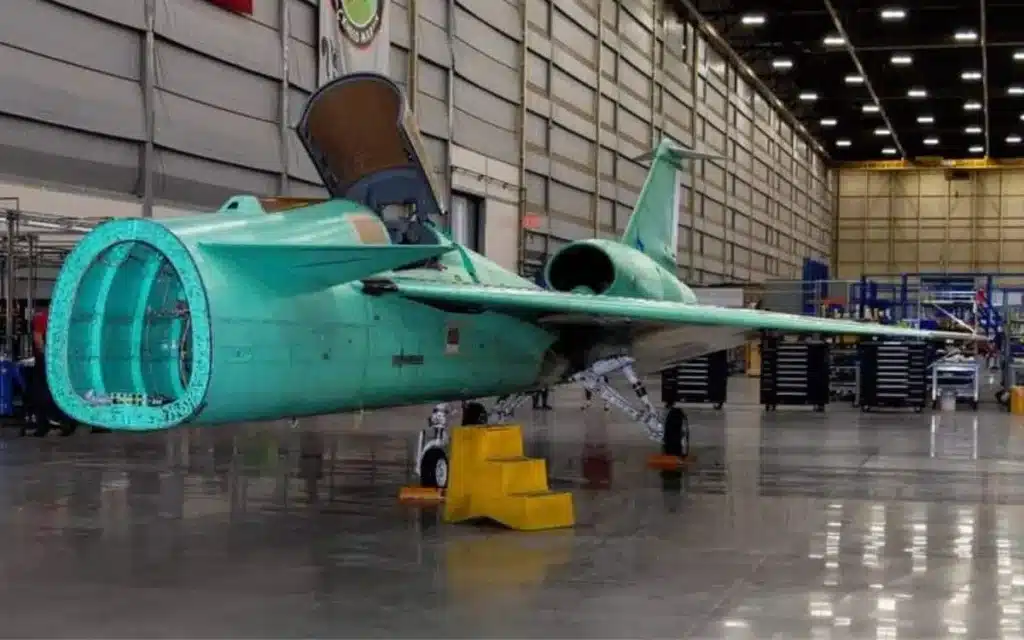
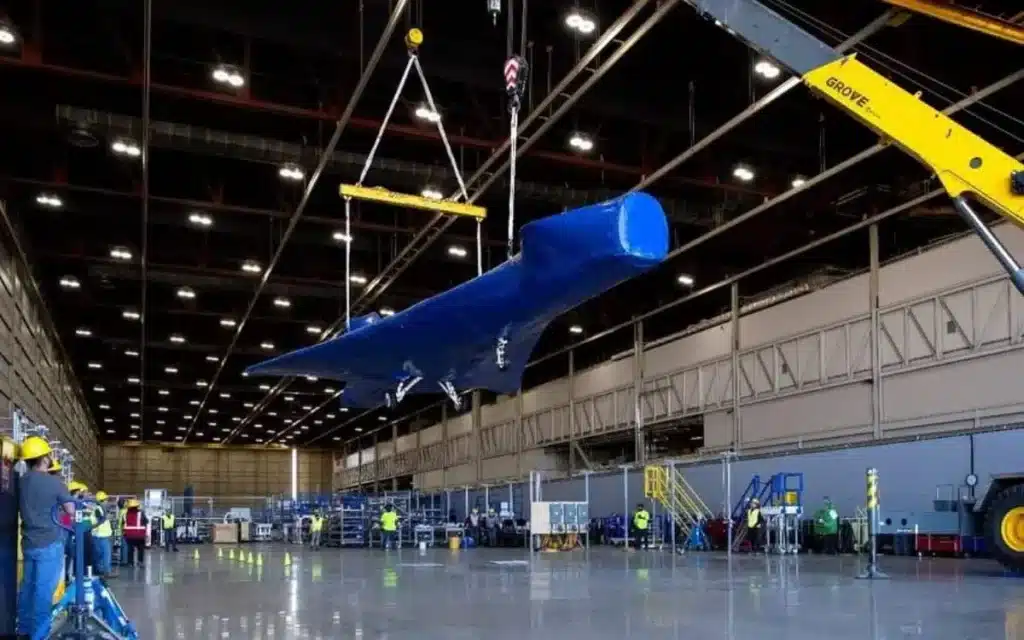
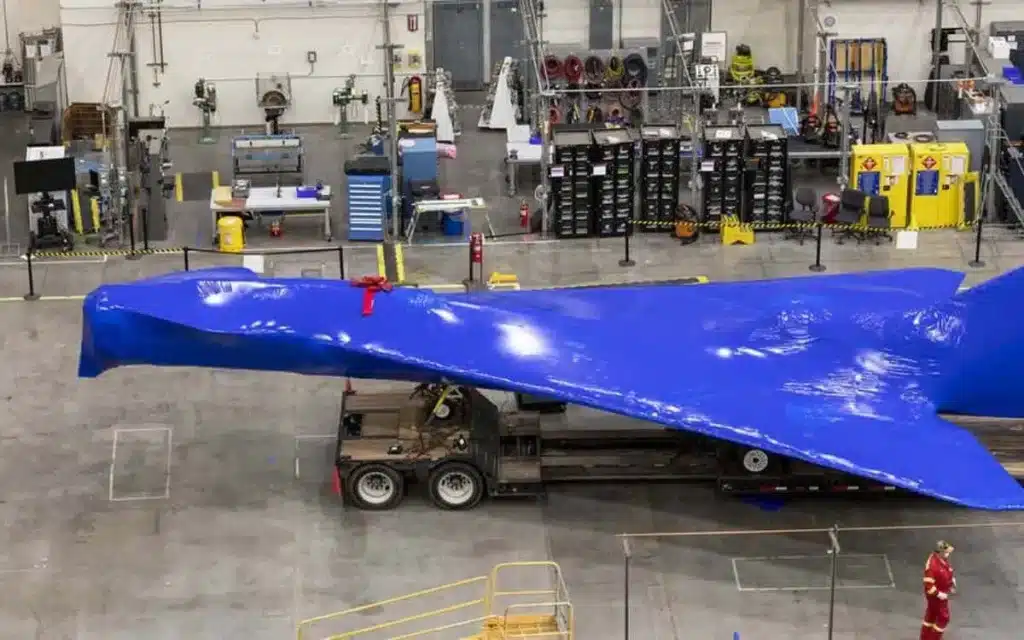
Instead, pilots use what NASA calls the External Vision System, or XVS, to see the area in front of the aircraft.
The aircraft will undergo ground testing before high-speed taxi tests and an eventual first flight.
NASA has not yet put a timeline in place for this.
Cathy Bahm, who manages the project at NASA, is hopeful about the rule change.
“Concorde’s sound would have been like thunder right overhead or a balloon popping right next to you, whereas our sound will be more of a thump or a rumble, more consistent with distant thunder or your neighbour’s car door down the street being closed,” she said.

“We think that it’ll more blend into the background of everyday life than the Concorde did.”
A small, experimental aircraft, Bahm is also confident that, if it proves successful, it will be able to guide the design of large commercial planes.
“I believe that there will be parts of the X-59, essentially the DNA of X-59, incorporated into those aircraft: the long nose, the engine over the wings, the smooth surface under the aircraft. I think those are all key for the lower noise signature,” says Bahm.
Sadly, reintroducing supersonic travel could lead to higher carbon emissions, a NASA report found in 2021.
However, the Boom Overture is another aircraft in contention to replace the Concorde and it’s 80 percent more efficient than an average airliner.
DISCOVER SBX CARS: The global premium car auction platform powered by Supercar Blondie
All Supercar Blondie contributors undergo editorial review and fact-checking to ensure accuracy and authority in automotive journalism. After gaining her BA Hons in French and English at the University of Nottingham, Amelia embarked on a vocational diploma from the National Council for the Training of Journalists (NCTJ). This led to numerous opportunities, from interning at Vogue to being on the small team that launched Women’s Health magazine in the UK, which was named the PPA Consumer magazine of the year for three years running. As Health, Beauty and Fitness editor, Amelia personally received a Johnson & Johnson Award and was shortlisted for both PPA and BSME titles. Since then, Amelia has created content for numerous titles and brands, including the Telegraph, 111 Skin, Waitrose, Red magazine, Stylist, and Elle, as well as being Head of Content at Vitality and Editor in Chief at INLondon magazine. “My superpower is translating technical jargon about the mechanical workings of a supercar into a relatable story you’ll want to share with your friends after you’ve read it.” After joining the SB Media family as a senior journalist in September of 2023, Amelia’s role has evolved to see her heading up the SEO output of the editorial team. From researching the most ‘Google-able’ key terms to producing evergreen content - it’s been a time of hard work, growth, and success for the editorial team and the Supercar Blondie website. “I like to think of myself as a ‘method journalist’. In other words: I live and breathe whatever I am writing about. When writing about fitness, I trained as a personal trainer, and as a beauty editor, I completed an ‘expert’ in scent diploma with the Fragrance Foundation. “During my tenure at Supercar Blondie, however, I did something I never thought possible: I passed my driving test at the age of 36. One day I’d love to train as a mechanic to better understand what happens under the hood, too. “My sweet spot is providing readers with a ‘takeaway’ (read: something new they didn’t know before) after reading every one of my stories. While I don’t claim to be an expert in the automotive world, I know the experts and bodies in the field to rely on to provide our readers with an informative and thought-provoking story every time they visit the site.”
